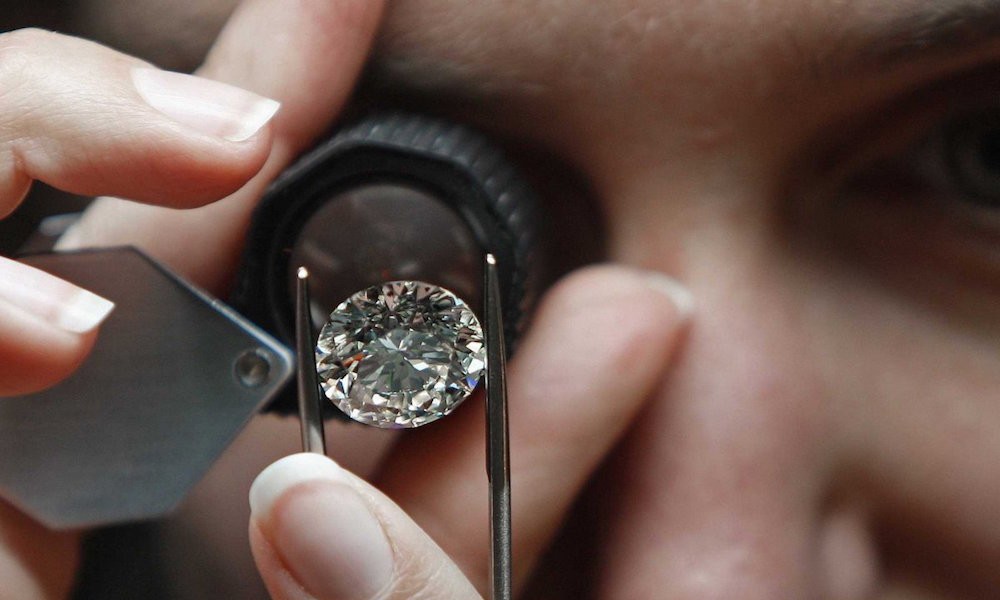13 August 2020
In the months of December 2019 and early January 2020, the diamond industry was experiencing a rise in the demand for diamonds and jewelry.
This was until the COVID 19 pandemic struck affecting China which accounts for 15% of the global diamond market. The lockdown in China not only meant that diamond sellers had to close shop for at least 2 months but buyers could also not get out and shop for jewelry.
The sales
Considering how fast the virus spread and how it affected major economies around the world, it was expected that the demand for diamonds was going to drop. The world’s second-largest diamond producer, De Beers reported a 28% drop in sales in early March from 496 million dollars in 2019 to 356 million this year.
Sales and marketing events have also been drastically affected by major diamond producers such as De Beers having to cancel on sales events due to restrictions in travel.
Now Alrosa is focusing on online sales since shoppers cannot inspect diamonds physically. Alrosa has also experienced a major drop in sales by up to 10% for both the rough diamonds and polished diamonds.
Diamond Production
And sales are not the only part of the diamond industry that has felt the shockwave. Diamond mining is also negatively affected by major diamond producers having to shut down in operations around the world.
In Quebec for instance, the government did not view diamond production as essential and therefore there has been little to no mining.
The trend is the same in other mining locations including India, Lesotho, Zimbabwe, and Namibia. The mines are on hold in these locations while in other locations the mines have been suspended to curb the spread of the Corona Virus.
It is estimated that the total number of diamond mines that are currently on hold are responsible for up to 16% of all diamond output.
The largest diamond producer Alrosa is however not facing such challenges and continues operations. That said, it is taking necessary measures to ensure the coronavirus doesn’t spread. In fact, in the first quarter of 2020, Alrosa saw an increase in diamond production by 2.5%.
Similarly, the production form De Beers will also not be impacted significantly. One of the main reasons is because its major production is in Botswana and there the mines haven’t been shut down or suspended.
That said, it was expected that there would be a fall in diamond production even without the onset of the coronavirus. The decline, however, was larger than anticipated as a result of the virus.
With restricted travel and movement, jewelers will need to adapt to be able to maintain sales. One of the ways that they can do this is to shift to online sales. By providing 360-degree high-definition videos, customers can buy engagement rings, diamond necklaces, diamond pendants etc., from the comfort of their homes. Furthermore, jewelers will also need to show the certification from recognized diamond labs and have transparent sales practices. – SF Weekly.

